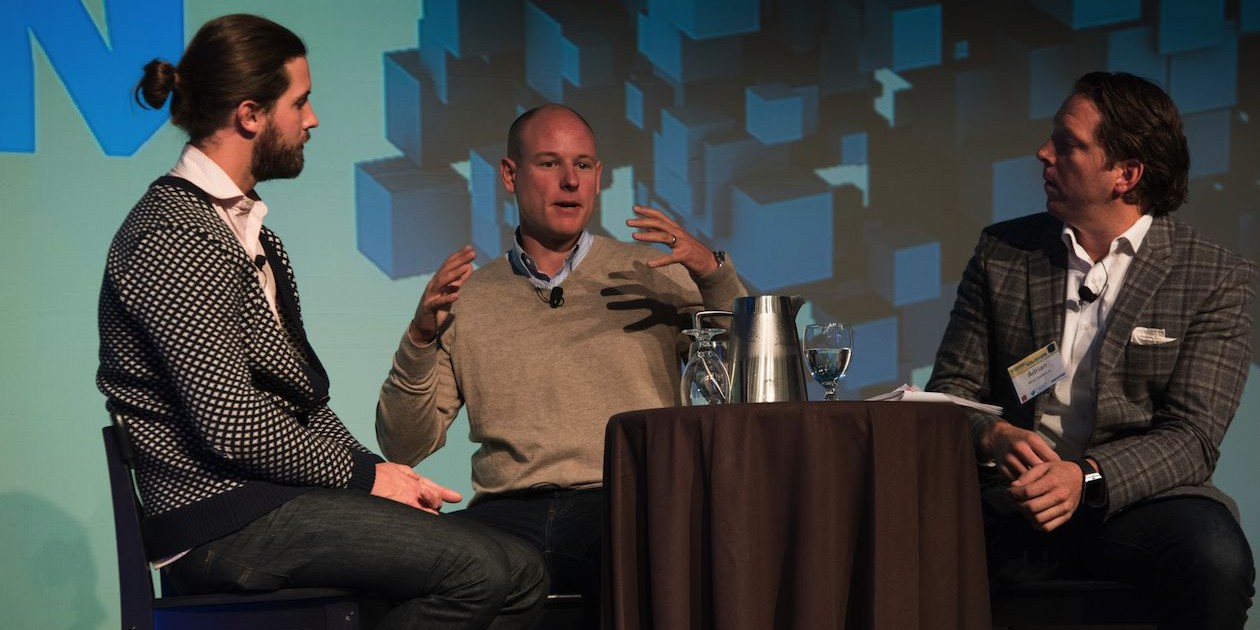Devon Wright and John Coombs told attendees at Marketing‘s Digital Religion conference on Monday that investing in more than one proximity marketing technology can maximize a retailer’s chances of finding meaningful engagement with folks who walk in the door. The CEOs for Turnstyle Solutions and Rover, respectively, put aside their usual debate of wifi versus Bluetooth beacon to make the case for a combined solution.
Proximity marketing describes how people walking into a physical store can be reached with offers, messages and information. Over the past few years, this has become a discussion about activating on mobile devices, which means retailers need to make investment decisions based on what may be their amateur technical know-how.
Two technologies seem to sit at the forefront of this debacle: wifi and Bluetooth-enabled beacons. Where a store’s wifi network can sense people coming into range and splash a branded page in their browser as they ask for permission to log in, beacons work with specialized apps to drive more robust content and information to the user — custom messages, store info etc. — provided the shopper is willing to download the store’s app.
“When you think about the challenges of getting app downloads and keeping consumers engaged, these are not challenges that go away once you have Bluetooth (beacons) involved,” said Wright, whose company helps businesses monetize their wifi. Various companies are spending on installing beacon networks. But, Wright said many consumers opt to avoid branded apps, or must at least be convinced (via marketing spend) to bring a new branded experience onto their device.
“Wifi is a really fantastic channel for engaging consumers when they don’t have the app,” Wright said.
The conversation’s moderator Adrian Capobianco even suggested a “one-two play” for the technologies, saying a branded wifi sign-in could drive awareness of a company’s app and the underlying beacon experience.
Coombs added (advocating for his Beacon-focused business a bit) that there is a lot of value in investing in getting a customer base to downloaded a custom app, but overall urged retailers to keep the technical aspects of proximity marketing out of view.
“At the end of the day, the consumer doesn’t really care if they’re using beacons. Nor should they really know,” Coombs said. “The experience should be one that’s reflective of that environment, and whether that’s beacons, wifi, geo-fencing or a technology that has yet to emerge, that’s for us to mix the cocktails for.”










